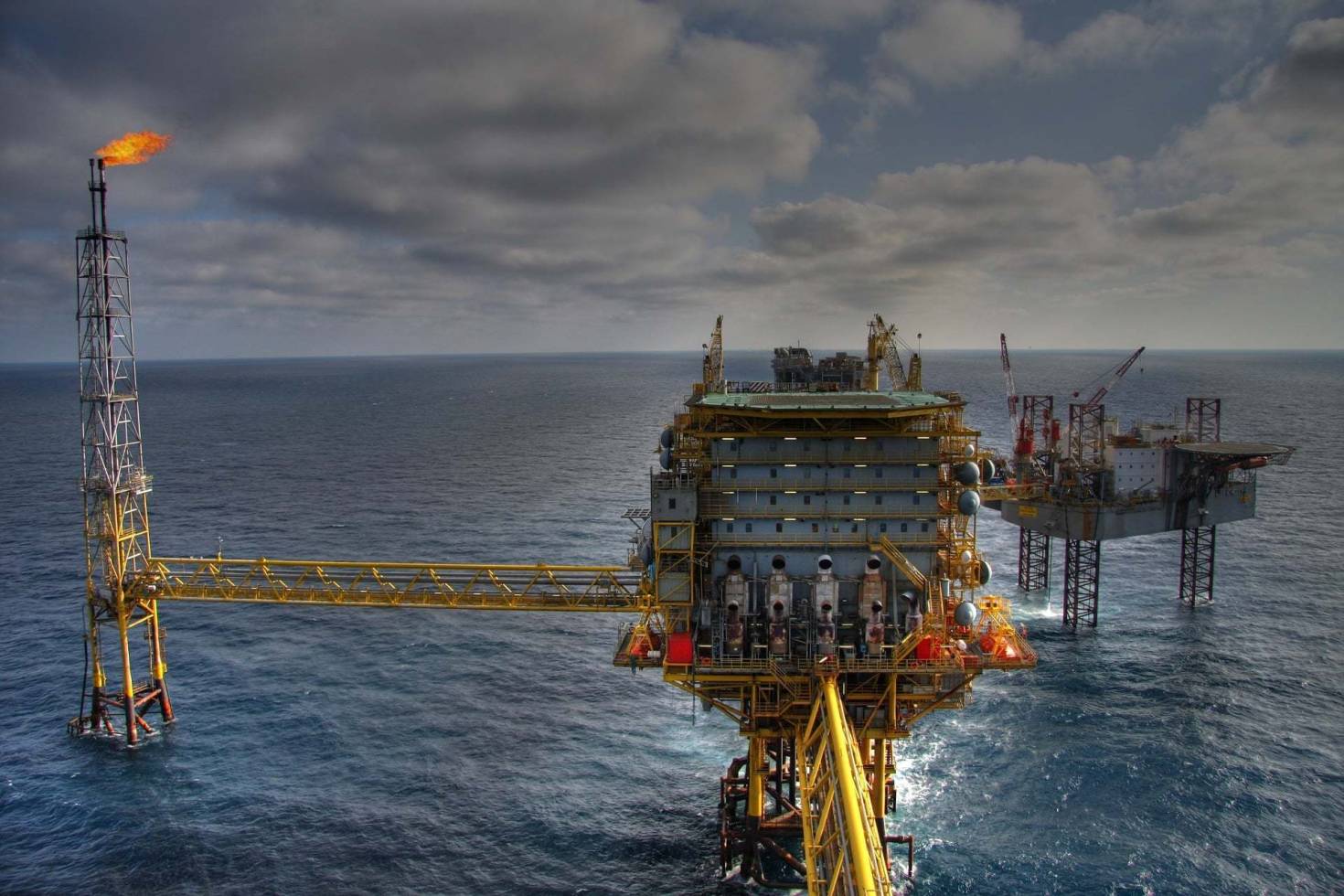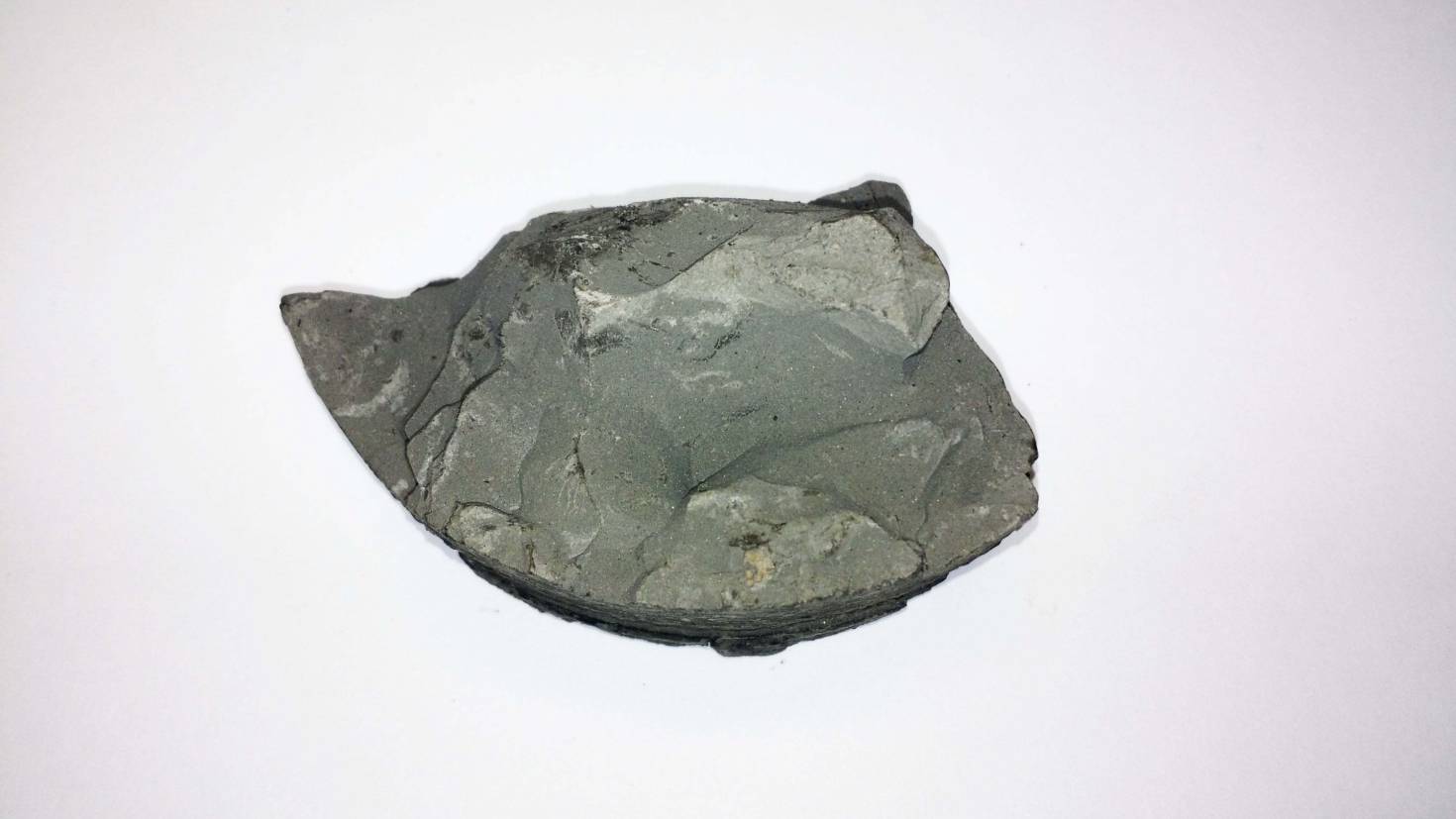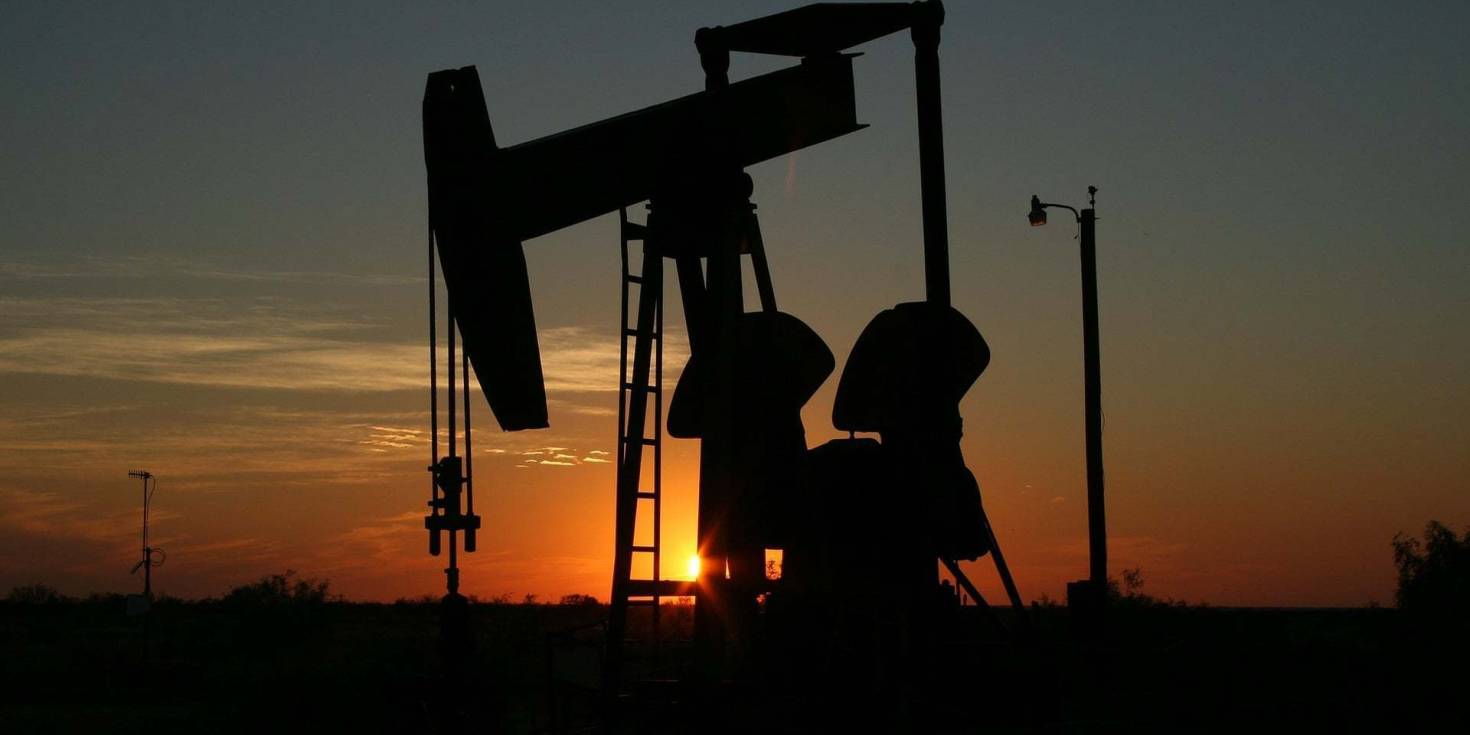I’ve struck oil… a statement everyone would love to be able to make. Almost instantaneously visions of cash, exotic vacations, and luxurious living can be conjured up in the mind.
Oil is a fascinating resource that takes millions of years to form while only taking seconds to burn. Wars have been waged as a result of conflicts over its production and consumption. Certain aspects of it continue to be a mystery for scientists today and are still being researched and debated.
Significant amounts of this “black gold” can be found throughout mineral properties in the United States especially in Texas, North Dakota, Alaska, California, and New Mexico, each of which has billions of barrels worth of proven oil reserves. Offshore drilling also accounts for a substantial portion of U.S. oil. Petroleum is used for everything from gasoline, diesel fuel, and jet fuel, to plastics, chemical products, and even some household items.
Because it’s the world’s most important source of energy, oil is very valuable. It’s the lifeblood of industrialized nations. Knowing there are large amounts of oil in the United States poses the question… could there be oil on my land? How do I find out?
The origin of oil
To best answer these questions it’s beneficial to understand how oil is created. When you know how it’s created, you can better discern where it might be located.
The reason oil is described as a fossil fuel is because it's a derivative of fossilized organic materials. Many scientists believe crude oil is the result of the burial of dead microorganisms in an environment where oxygen does not exist or is so scarce that the organisms don’t decompose. Lack of oxygen is significant because it allows the organisms to keep their hydrogen-carbon bonds, which seems to be an indispensable ingredient in the formation of oil and gas.

As more layers settle on top of the already buried organisms, intense heat and pressure build up causing the organic material caught in sedimentary rock areas to be chemically altered into a waxy substance known as kerogen and eventually into the yellow to black liquid we know as oil.
Since a lot of hydrocarbons are less dense than rock and water, they tend to travel upward through adjoining rock layers until they hit the surface or become trapped by rock in what’s known as a reservoir. The land types that account for the majority of large hydrocarbon reserves are deserts, arctic areas, river deltas, and continental margins offshore.
How to find out if there’s oil on your land
The obvious and least expensive way to find oil is to observe signs of oil it seeping to the surface of your property. Another word for this type of sign is luck. Before drilling techniques were used, oil was collected when it surfaced above ground.
It also only makes sense to be aware of where your property is located. Is it located in a state or region that’s known to produce oil? The U.S. Energy Information Administration has built a U.S. oil and gas map available with several different options that help identify the oil and gas fields that exist.
The U.S. accounted for 18% of the world’s oil production in 2018 and these were the top 10 oil-producing U.S. states by barrels according to the U.S. Energy Information Administration.
- Texas - 1.6 billion
- North Dakota - 461.5 million
- New Mexico - 248.9 million
- Oklahoma - 200.7 million
- Colorado - 177.8 million
- Alaska - 174.8 million
- California - 169.1 million
- Wyoming - 87.9 million
- Louisiana - 48.8 million
- Utah - 37.1 million
Is your land close to an oil well? If not, it doesn’t mean there’s not crude oil on your property, it just seems more likely if you’re in close proximity to known oil production sites. FracTracker Alliance compiles data and posts their analysis each year. They reported there were 1.18 million U.S. oil wells in 2016 and have a useful breakdown by state.
Experts believe the presence of certain rock types can be an indication of oil. Examining the types of rocks on your property or even in your area can be helpful in determining if there could be oil close by. Shale, sandstone, coals, and carbonates such as coarse-grained limestone are porous sedimentary rock that has been known to be source rock types for oil and gas.
We like to think of oil reservoirs like large pools, but it’s more accurately like water in a sponge, the sponge, in this case, being a porous rock. “Petra" means “rock" and “oleum” means “oil.” If you’re not an expert, this method is still hit-or-miss and will more than likely still require consultation and more in-depth research.

Without visible evidence, it’s nearly impossible for the average person to have the technical skills and equipment to find out if there is oil below the surface of their land. Since geologists are experts on earth processes, they can be consulted as a means of discovering if there’s oil in the ground. They have the ability to examine the rock types and presence of hydrocarbons that exist. Petroleum geology is not only the study of all aspects of hydrocarbon fuels, but the development of disciplines to aid in oil exploration as well.
Similar but more in depth is the option to hire a geophysicist. A geophysicist, in general, is an expert in finding mineral deposits created by the earth’s movement and compression of materials. The advantage of a geophysicist team is they use sophisticated technology that can perform seismic studies, or “see underground.” The equipment sends shock waves below the earth’s surface.
Certain kinds of structures tend to trap oil. How the signal reacts can provide evidence of the underground structures and ultimately the likelihood of oil. This data will be collected and used to determine whether drilling is worth the cost and should be performed or not.
Last but not least, especially when it comes to expenses, is drilling into the ground. Ideally, you’ve seen evidence of oil from one or all of the above options before drilling is started. This is the “surgery”, or the surefire way to find out once and for all if oil is present. Drilling is significant not only because of the required equipment but the sheer depth at which oil wells tend to be. The U.S. Energy Information Administration provides data on the average depth of U.S. oil and natural gas wells.


An initial step to take is to make sure you own the mineral rights to your property. If you don’t, whether or not there’s oil on your property is not your concern, at least at the present moment. To learn more, check out our article about the basics of mineral rights. It’s worth noting that just because you do find oil on your land doesn’t necessarily mean you’ve become rich overnight.
Many variables need to be ironed out that will ultimately determine what size check you’ll be receiving. This is often negotiated by a landman. To find out more, head over to our post answering the question of what is a landman?
According to the Greek historian Herodotus, oil use dates back 4,000 years ago when asphalt was used in the construction of structures in Babylon. We’re still using it today and every year the amount we consume increases. How long will it be until we run out? Hopefully, you'll find black gold on your land, get rich quick, and extend the period of time it’s available for use.

